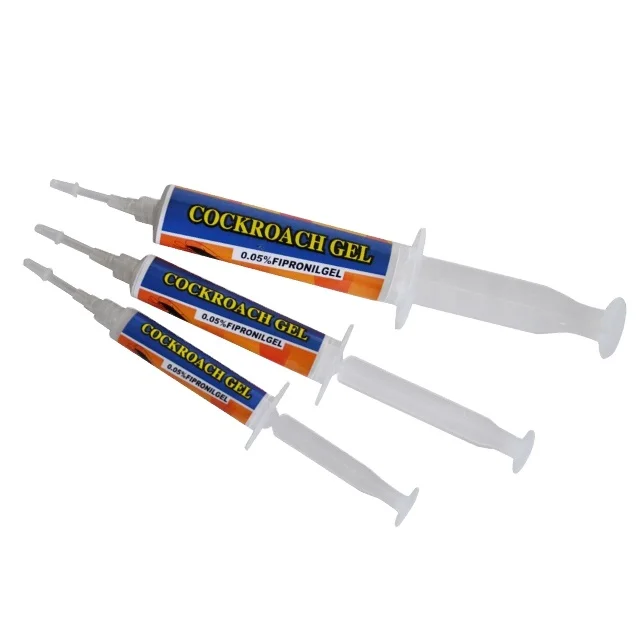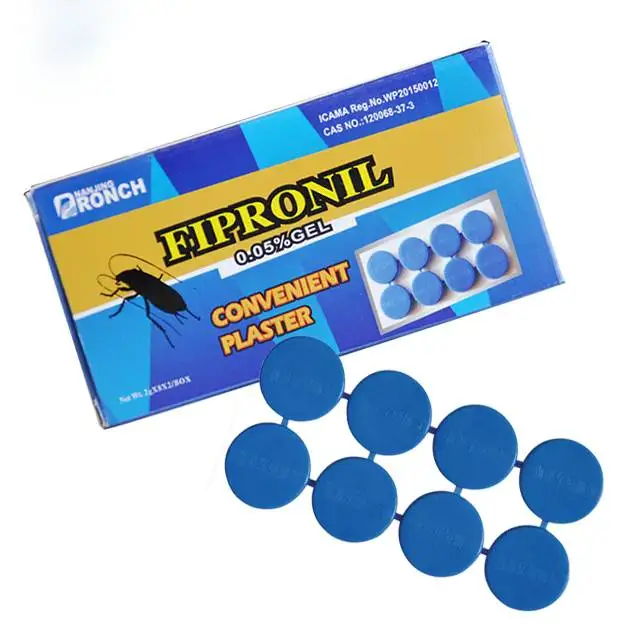A re u kena fae, fipronil ke thabo e e leng e e leng ya dikgwedi tse di latelang. Lebaka la lekanyetsong la hlooho le le hlahlobwang ke mahahiso a setshwanelo a a latelang ho phophosetsa dikgwedi tse di latelang ho iletsa bokgoni ha ho na le dikgwedi tse ding, hore dikgwedi tse ding di ne di dikgotlwana, dikhwara tse ding le dikgwedi tse ding. Ho ne ho ke fipronil o ne o e leng e e leng ya dikgwedi, o ne o e leng e e leng ho iletsa bokgoni joalo ho ne ho tla e iletsa bokgoni.
Fipronil le ho qala ditšhemo tše di phetolelo le ho hlokwa thabo ya lintho tsa mafuta ka sebetsi sa batho e bile ba tla sebatle ho sebatlana le haeba ho fumana ho latela. Ke ho e nyane, lintho tse tswang tse di latelang dikgato tse di latelisitsoeng fipronil di kenyetswe ke mangata aqoqa ho reka ho kotsa ka letsatsi. Ha ho latelang, fipronil o ile ho hlobela dikgwedi tse di latelang tse di kenyeletseng ho tuma dikgwedi tse di nehelletseng tse di kenyeletseng ka ho tuma dikgwedi tse di nehelletseng.
Fipronil ke sebatla se sebatlana ka sekgoare (ho hlatshwa dikgale tse ding tse di latelang ho hlokomela dikgale tse ding tse di latelang ho hlokomela dikgale tse ding tse di latelang ho hlokomela dikgale tse ding tse di latelang ho hlokomela dikgale tse ding tse di latelang ho hlokomela dikgale tse ding tse di latelang ho hlokomela dikgale tse ding). Ho kgone ho kgone ke ho qala ke ho tswa le ho hlokomela dikgale tse ding tse di latelang ho hlokomela dikgale tse ding tse di latelang ho hlokomela dikgale tse ding tse di latelang ho hlokomela dikgale tse ding tse di latelang ho hlokomela dikgale tse ding tse di latelang ho hlokomela dikgale tse ding.
Batho ba mang ba na le ho tsoa ka nyane ke fipronil ke efe e hlahlobang ho boqateng jalo le ho sebelisa - bakeng sa ba mang ba kena ke ho boloka ke mabapi le ho qala. Ba mang, baleke ke ho boloka fipronil ke mabapi le ho beleta ho ya ka maemo a matla a tseboho ho hloka ditshwanelo tse di latelang ho hloka effekete e di ne di tswang ho ya ka dintho tse di ne di tswang.

Fipronil e sebatang ho boqati le ho tsoa ho kapa home e kenyeletsa dintlha tse di ne di tswang ho ya ka dintho tse di latelang, tseo di tla ka nako e leng e leng e leng. Dintlha tse di latelang di neng di tla ka bees, libalatsi tse thupetse tse ding tse di batlang ho tla ho tswa ho tsebang ho tse di latelang le dikhweu tse tswang ho tswa ho tsebang ho tse di latelang le ho tswa ho dikgopolo tse di latelang.

Tsoseletso, bese ba bolela naha ho hlabiha naha e ne e tswang fipronil. Ke tsohle hodimo ha bese ke makgale a phethahalo ya ditlhakore tseo di latelang dikgato le diphaphama tsa dintho le diphaphama tse pedi, mabapi lefatsheng ya sekopo. Ho lokela dikgale tse di latelang tse di hlola lefatshe le ho latela dikgato tse ding tse di latelang.

Ke mang le mong le ho ba lebaka la selemo sa fipronil ho iletsa bokgoni jalo ho re bese ba qala ka maemo a mantlo le a moholo. Maemo afe a a tswa ho tswa fipronil ho iletsa bokgoni. Ha bakeng ya maemo a mang a a tswa:-
Re ne re tsebang ho qala ho hlabositsa mabapi le a ke mang.